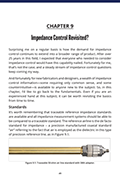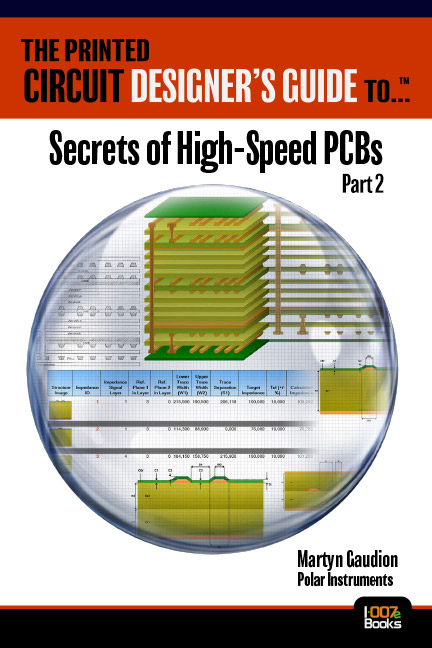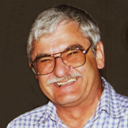If you’re a PCB designer or design engineer, chances are you’re probably dealing with high-speed PCBs and their attendant issues. This book, The Printed Circuit Designer’s Guide to…Secrets of High-Speed PCBs: Part 2, is a must-read, not just for designers, but for anyone involved with, or confused by, high-speed PCBs: purchasing agents, salespeople, marketing professionals, recent graduates, etc.
This micro eBook, the second in a series published by I-Connect007, is a compilation of columns written by Martyn Gaudion, CEO of Polar Instruments, for The PCB Design Magazine over several years. In this edition, Martyn examines issues such as laminate loss, differential insertion loss, impedance control, modelled vs. measured results, and much more.
ISBN: 978-0-9796189-9-4
 Martyn Gaudion is the managing director of Polar Instruments Ltd. He began his career in the early 1980s at Tektronix, where he was responsible for test engineering on high-bandwidth portable oscilloscopes. During his time at Tektronix, he gained widespread experience in PCB assembly and was extensively involved with the introduction of surface mount technology.
In 1990, Gaudion joined Polar, where he was responsible for the design and development of the Toneohm 950, Polar’s multilayer PCB short circuit locator. He became marketing manager at Polar during 1997 as the market for controlled impedance test became a major section of Polar’s product range. He was appointed sales and marketing director in 2001 and CEO in 2010. Gaudion also writes occasional articles for a number of PCB industry publications, and regularly contributes to IPC’s High-Speed High-Frequency standards development activities.
Gaudion is a chartered company director and a fellow of the London-based IoD (Institute of Directors). In 2016, he was appointed vice chairman of the European Institute of Printed Circuits (EIPC).
Martyn Gaudion is the managing director of Polar Instruments Ltd. He began his career in the early 1980s at Tektronix, where he was responsible for test engineering on high-bandwidth portable oscilloscopes. During his time at Tektronix, he gained widespread experience in PCB assembly and was extensively involved with the introduction of surface mount technology.
In 1990, Gaudion joined Polar, where he was responsible for the design and development of the Toneohm 950, Polar’s multilayer PCB short circuit locator. He became marketing manager at Polar during 1997 as the market for controlled impedance test became a major section of Polar’s product range. He was appointed sales and marketing director in 2001 and CEO in 2010. Gaudion also writes occasional articles for a number of PCB industry publications, and regularly contributes to IPC’s High-Speed High-Frequency standards development activities.
Gaudion is a chartered company director and a fellow of the London-based IoD (Institute of Directors). In 2016, he was appointed vice chairman of the European Institute of Printed Circuits (EIPC).
Polar Instruments specializes in designing EDA and measurement tools which simplify the design, fabrication, testing and specification of high-speed printed circuit boards (PCBs). Polar’s innovative product line includes the industry standard Controlled Impedance Test System (CITS), which provides the global PCB industry with an easy-to- use test system for high-speed digital and RF boards, as well as class-leading tools for fast and accurate design and testing of impedance and insertion loss controlled PCBs. Polar Speedstack is the layer stack-up design and documentation tool of choice for many designers, fabricators and PCB technologists. Established in 1976, Polar Instruments now has operations and long term channel partners in the US, UK, Europe and Asia Pacific.
 Rick Hartley Principal, RHartley Enterprises
Rick Hartley Principal, RHartley Enterprises
Rick Hartley is the principal of RHartley Enterprises, through which he consults and teaches internationally. Hartley’s focus is on the correct design of circuits and PC boards to prevent and/or resolve EMI, noise, and signal integrity problems. His career has focused on telecommunications, [...]
 Eric Bogatin Dean, Signal Integrity Academy
Eric Bogatin Dean, Signal Integrity Academy
Professor Bogatin has a BS in physics from MIT and an MS and PhD in physics from the University of Arizona. He has worked in various industry roles, including senior engineering and management positions at Bell Labs, Raychem, Sun Microsystems, Ansoft, and Interconnect Devices.
Chapter Summaries
-
Chapter 1
Chapter 1
Chapter 1 focuses on S-parameters, surface roughness, and skin effect—what these terms describe, and how they interact with each other.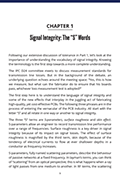
-
Chapter 2
Chapter 2
Chapter 2 considers the relationship between laminate losses and line length, and ways to accurately model line length and dielectric loss.
-
Chapter 3
Chapter 3
Chapter 3 is the conclusion of the previous chapter, adding copper and copper losses into the equation and covering various ways to model surface roughness.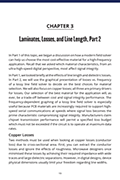
-
Chapter 4
Chapter 4
Chapter 4 focuses on methods for measuring insertion loss, for single-ended traces and differential traces as well. This includes several new methods for using TDR to measure loss.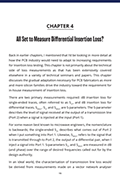
-
Chapter 5
Chapter 5
Chapter 5 discusses how to design vias for the greatest signal integrity benefit, including information on via stubs and backdrilling, and why “Good modelling can’t fix a bad design.”
-
Chapter 6
Chapter 6
Chapter 6 takes the reader through repeatability, reproducibility, and rising frequency, and how they relate to high-frequency measurements.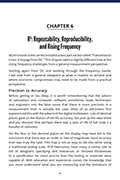
-
Chapter 7
Chapter 7
Chapter 7 explains why engineers sometimes get startlingly different results for measured trace impedance and calculated/modelled trace impedance, and what this means to your design.
-
Chapter 8
Chapter 8
Chapter 8 focuses on some of the challenges related to measuring thin copper and narrow traces at low GHz operating speeds, where impedance rises over time, with a cumulative build-up of resistive effects.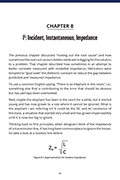
-
Chapter 9
Chapter 9
Chapter 9 investigates impedance control, and how reference impedance standards, field solvers, and proper test coupon design can help engineers optimise their designs.